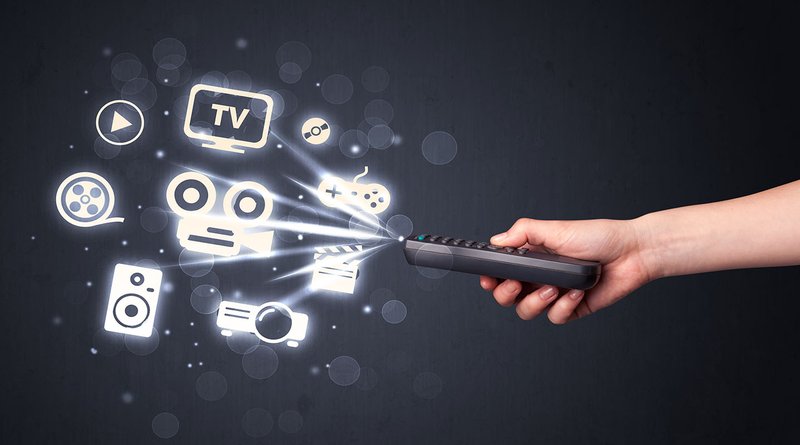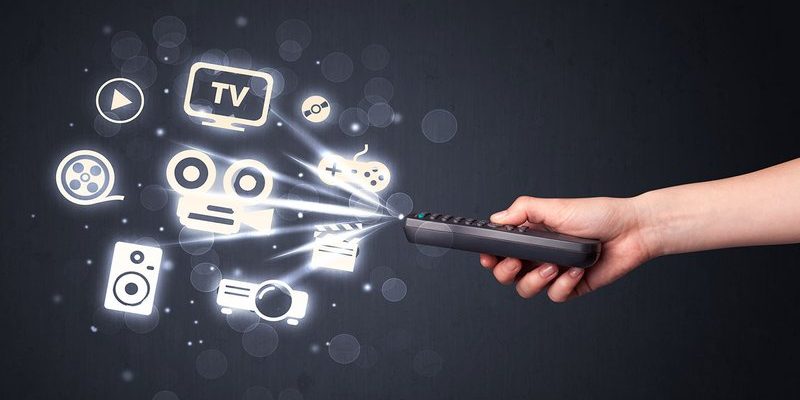
Picture this: instead of scrounging beneath the sofa cushions for the “right” remote, you have one trusty sidekick that talks to everything—TV, Blu-ray player, maybe even that ancient stereo you refuse to toss. One For All universal remotes are designed for people who crave order, or maybe just want a little less stress after a long day. If you’re feeling skeptical (“Can one remote *really* rule them all?”), let me walk you through how these clever devices work, how you set them up, and why they might just become the MVP of your living room.
What Exactly Is a One For All Universal Remote?
Here’s the thing: not all remotes are born equal. The basic remote that comes with your TV usually has tunnel vision—it only works with one brand or device. A One For All universal remote is different. It can sync and control multiple devices from a buffet of brands. Essentially, it’s like hiring a translator who speaks every language at the tech party in your living room.
The magic behind it lies in the remote’s built-in “code library.” Every device—TVs, soundbars, DVD players, streaming boxes—has a secret handshake, known as a code, that tells the remote how to interact. One For All remotes come loaded with thousands of these codes, so pairing and switching between different brands (Samsung, LG, Sony, you name it) is way easier than you might think.
And here’s my favorite bit: even if you’re a total rookie with zero tech confidence, the setup is intentionally beginner-friendly. We’re not talking about rocket science or hours squinting at confusing manuals. The universal remote is designed so you can start controlling everything without breaking a sweat—or calling that “techy” nephew for help.
How Does a Universal Remote Control Multiple Devices?
You might be wondering, “How does all this magic actually work?” Well, under the hood, the One For All universal remote works by storing and sending out the exact infrared (IR) signals your original remotes use. When you program it (usually by entering a code or using an auto-search feature), the remote is essentially given the keys to your device’s front door.
Let me explain using a real-world analogy. Imagine the universal remote as a super-talented impersonator. Once it learns your devices’ codes, it can mimic each of their original remotes, right down to the button commands for “Power On,” “Volume Up,” and even “Netflix.” When you want to swap from watching TV to listening to music, you just press a device button (“TV,” “AUX,” “DVD,” etc.), and the remote changes its personality instantly—no drama.
You don’t need to worry about the remote getting confused, either. Each device button on the One For All is mapped to a different memory slot for codes. So, TV commands go here, soundbar commands go there, and so on. All you need to do is select which “personality” you want the remote to take on at any moment. Sounds pretty neat, right?
Setting Up Your One For All Universal Remote: Step-by-Step
Honestly, the setup is straightforward as long as you have a bit of patience and, ideally, fresh batteries (trust me, low battery power is the secret villain behind most remote dramas). First, slip the batteries into the back of the One For All universal remote. Make sure they’re snug and fresh—that’s non-negotiable for syncing.
Next, grab the little code booklet that comes with your remote. If you lost it (happens to the best of us), One For All’s website has an online tool where you can look up device codes by brand and model. Here’s what the steps usually look like:
- Press and hold the device button (like “TV” or “STREAM”) until the LED light on your remote blinks.
- Enter your device’s specific code using the keypad. The LED usually blinks again to confirm.
- Test the remote by pressing a few basic buttons. Did your TV turn on? Volume work? Congrats, you’re golden!
- If not, rinse and repeat with the next code in the list.
Some models offer an auto-search function if you’re not sure about the code. You just point the remote at the device and let it run through possible codes until your device responds. A bit slower, but practically foolproof if your brand is less common.
Troubleshooting: When Things Go Wobbly
Let’s be honest—technology sometimes likes to throw curveballs. Maybe your One For All universal remote suddenly stops responding, or it’s not syncing with your soundbar the way you’d hoped. Before you launch it across the room, here are a few troubleshooting tips.
First, double-check those batteries. Seriously, I can’t count how many times a simple battery swap has fixed a “broken” remote. Next, try re-entering the code for the device, or use the auto-search feature to see if another code works better. Sometimes, devices share similar codes, and the remote just needs a nudge to find the perfect match.
If commands still aren’t working, try resetting the remote to its defaults (the manual or website usually explains how). This wipes out any conflicting settings and lets you start fresh. Still stuck? Take a peek at line-of-sight issues—universal remotes need a clear path to your devices’ IR sensors, so clutter or obstructions can totally throw things off.
Patience and persistence are your best tools. A single mistyped code or tired battery is often the culprit, not a defective universal remote!
Pairing Multiple Devices: Keeping It Organized
Pairing your TV, soundbar, and maybe a streaming box all onto one remote is the dream, but it pays to stay organized. Treat each device as its own “profile” within the remote. Most One For All models let you assign different device types to dedicated buttons—think “TV” for television, “AUDIO” for speakers, or “STREAM” for your Roku or Fire Stick.
To avoid confusion, always label in your mind which button controls which device. If you don’t, you might accidentally mute your stereo when you meant to change TV channels. Setup is similar for each: select the device button, enter the right code, confirm, and move to the next. It’s like setting up different playlists—once each is programmed, switching between them is instant.
I’ve even seen some clever folks use color-coded sticky notes during the first week, just as a cheat sheet. Honestly, it helps. Once you’re in the groove, muscle memory takes over and you’ll never think twice.
Comparing One For All Universal Remotes With Brand-Specific Remotes
Okay, so why not just stick to the remotes your devices came with? Brand-specific remotes feel familiar, but they’re often limited—you get basic controls and that’s about it. Lose it, and you’re at the mercy of eBay or expensive replacements. Plus, juggling multiple remotes is a recipe for accidental coffee spills (or is that just me?).
One For All universal remotes, in contrast, are designed for flexibility. You get to mix-and-match devices from different brands and handle them all with one interface. Features like learning mode, macro commands (press one button for multiple actions), and even customizable layouts put you in control, not the other way around.
Is there a downside? Sure—some really niche devices might not be fully supported, or you may lose out on certain “smart” brand-specific functions. But for 99% of folks, the tradeoff is totally worth it for the convenience alone.
Tips to Make the Most of Your Universal Remote
Here’s a little wisdom from the trenches. First, keep your remote’s code booklet or a digital copy handy—you’ll thank yourself the next time you need to pair a new device or do a reset. Regularly check battery levels for smooth syncing and uninterrupted use. If your living room is big or your devices are hidden behind cabinet doors, consider a universal remote with RF (radio frequency) instead of just IR (infrared), for better range and reliability.
Personalize the remote to fit your routine. If you use “Watch Movie” mode every Friday, set up a macro so one button powers on the TV, fires up the soundbar, and switches the HDMI input all at once. It’s like having an assistant… without actually having to hire one.
Finally, remember: universal remotes are about reducing stress, not adding it. If your setup feels overwhelming, go step by step. No one gets everything right on the first try.
When to Reset or Re-Sync Your Remote
Sometimes, you’ll need to reset or re-sync your One For All universal remote—maybe you upgraded your TV or moved things around. It’s not a defeat, just a fresh start. To reset, hold down a specific button combo (usually found in the manual). This wipes old codes and clears up any glitches.
Re-syncing is basically setting up codes from scratch. It’s also a great trick if you start noticing wonky behavior—like the remote skipping functions or controlling the wrong device. Just remember, every device gets its own code, and it’s totally normal to double-check the code list or use auto-search again.
Here’s my golden rule: If things get weird, don’t panic. Reset, re-sync, and take a break if you need. The goal is smooth, unified control, and a fresh setup can work wonders.
The Bottom Line: Is a One For All Universal Remote Worth It?
If you’re tired of remote overload and want to feel a little more like a tech wizard (without, you know, actually casting spells), a One For All universal remote might be exactly the reset your living room needs. It’ll conquer the device jungle and give you back the peaceful, streamlined evenings you deserve—snacks in hand, only one remote in sight.
Just remember: patience pays off during setup, a little organization makes all the difference, and it’s completely normal to celebrate with a happy dance when everything finally syncs together. In a world full of unnecessary clutter, one smart remote really can make home entertainment feel simple again.
